
Post by : Amit
A Strategic Shift in Automotive Sourcing
ZF Friedrichshafen AG, a global leader in mobility technology, has launched a sweeping overhaul of its Tier 2 and Tier 3 supplier ecosystems to support the industry's accelerating shift toward software-defined vehicles (SDVs) and AI-powered platforms. This restructuring marks a pivotal departure from conventional hardware-centric supply chains, reflecting a broader strategic transformation reshaping the automotive sector.
In the traditional automotive model, Tier 2 and Tier 3 suppliers were primarily tasked with delivering mechanical, structural, or auxiliary components—ranging from chassis brackets to wire harnesses and fluid reservoirs. But in today’s landscape, where vehicles operate as rolling data centers, these roles are evolving dramatically. ZF’s new supplier strategy isn’t just an incremental upgrade—it’s a top-down reimagination designed to position the company as a core enabler of digital mobility systems.
This initiative signals that to compete in the era of electrification, autonomy, and over-the-air (OTA) software evolution, Tiered suppliers must evolve from manufacturers of discrete parts to innovation partners delivering real-time data processing, sensor integration, and embedded intelligence.
Redefining Tier 2/3 Roles in a Software-Centric World
In this new ecosystem, suppliers are being asked to step into previously uncharted roles. No longer limited to commodity production, Tier 2 and Tier 3 vendors must now participate in collaborative R&D, support rapid prototyping, and facilitate continuous software integration throughout a vehicle’s lifecycle.
ZF’s Chief Supply Chain Strategist, speaking at a recent industry forum, noted, “The boundary between software and hardware is fading fast. If a Tier 3 supplier can’t code, they’ll soon be replaced by someone who can.”
Suppliers traditionally responsible for producing physical enclosures, cooling ducts, or brackets are being nudged—or sometimes forced—toward digital innovation. This includes integrating microcontrollers, software diagnostic modules, and AI-powered health monitoring tools directly into their subsystems.
To support this evolution, ZF has begun reclassifying suppliers not just by commodity or geography but by their software maturity level. This includes tracking their ability to implement secure update protocols, design modular electronics, and co-develop APIs for in-vehicle systems.
Modularization and Platform-Based Integration
At the heart of ZF’s realignment is a shift to modular vehicle platforms, enabling standardized, scalable integration of components across multiple vehicle types and global markets. This modular approach ensures faster product cycles, reduced development costs, and smoother interoperability between components from different suppliers.
Each supplier contributing to ZF’s platforms must now conform to reference architectures, which define standard interface protocols, development environments, and compliance layers for cybersecurity and performance benchmarks. These requirements are tightly coupled with interoperable software stacks, allowing multiple third-party systems to “plug and play” within ZF’s larger system domains.
From thermal management to infotainment, suppliers are now challenged to produce both the physical layer and the software integration layer for their systems. This strategic move supports ZF’s goal of creating vehicles as platforms, where software, not steel, becomes the dominant value contributor.
A Supply Chain That Thinks Like Software
Perhaps the most transformative aspect of ZF’s strategy is the shift toward a “software-defined supply chain.” This concept goes beyond digitalization—it re-engineers how sourcing, logistics, risk management, and lifecycle optimization are handled.
ZF now uses AI-enhanced procurement systems that evaluate technical capability, geopolitical exposure, and supplier innovation velocity. Each supplier is scored on agility, resilience, and software upgrade compatibility. These scores directly influence sourcing decisions, capacity allocation, and tier reassignment.
For example, a small Tier 3 supplier in Taiwan that demonstrates proficiency in edge AI chips and real-time data encryption may now be elevated to Tier 2 status. Conversely, larger firms that fail to demonstrate digital maturity are moved to lower priority tiers or face termination of long-standing contracts.
According to internal reports, this approach helped ZF reduce sourcing volatility by 15% in Q1 2025, even amid ongoing global semiconductor constraints and material shortages.
Upskilling Through Partnership and Enablement
ZF’s shift is not merely top-down enforcement. The company is also investing heavily in supplier enablement, creating a more inclusive path for legacy vendors to evolve rather than be replaced outright.
This includes:
These programs offer suppliers access to ZF’s proprietary simulation labs, test tracks, and cloud-based code validation tools. The model mirrors that of a modern software development ecosystem, where cross-functional collaboration and open innovation environments replace traditional, siloed procurement.
In doing so, ZF is creating an agile, layered ecosystem of innovation contributors who can adapt to evolving project requirements without starting from scratch for each platform.
Regional Diversification and Strategic Localization
ZF’s reconfiguration also accounts for regional innovation ecosystems. The company has taken a geographically nuanced approach, adjusting its supplier mix to match local strengths in software and hardware development.
In Germany and Japan, ZF is leaning heavily on precision-focused software providers and integrators of fail-operational systems. Meanwhile, Israel and South Korea have become strategic sourcing hubs for AI acceleration modules and autonomous driving middleware.
Emerging regions such as India and Southeast Asia are being tapped for their cost-effective embedded electronics manufacturing and fast-growing engineering talent pools. By dispersing its supply base geographically, ZF is also de-risking its operations from geopolitical turbulence, trade conflicts, and single-source dependency.
This regional agility allows ZF to maintain innovation flow even as regulatory environments, economic conditions, and geopolitical risks fluctuate.
Case Example: Real-Time AI Control Module Collaboration
One of the early success stories of ZF’s new approach involves its development of an AI-based adaptive suspension control system for a premium European EV brand. ZF partnered with a Tier 3 Israeli AI startup for the core perception model and worked with a German embedded controller manufacturer to ensure ASIL-D compliance and cybersecurity integrity.
The trio worked in a co-development model with shared sprint schedules, code repositories, and test result feedback loops. This level of real-time integration would have been unimaginable under legacy procurement frameworks.
The resulting system not only exceeded safety and performance benchmarks but cut development time by 38%, with software updates continuing post-production through a secure OTA channel.
Prepping for AI-Powered Automotive Future
ZF’s overhaul of its supply chain is more than just a reaction to market pressures—it's a proactive attempt to define the rules for the AI-powered automotive future. Vehicles are evolving into intelligent systems that anticipate user needs, make predictive decisions, and continuously evolve through software updates. This fundamentally changes what it means to build a car—and who gets to participate in building it.
AI will soon power everything from predictive maintenance alerts to driver personalization settings, voice-commanded infotainment, and autonomous driving navigation layers. These capabilities depend not just on in-house innovation but on the entire supplier ecosystem being digitally capable and aligned with real-time development cycles.
ZF’s vision recognizes this complexity and provides a roadmap for turning supply chains into dynamic technology networks. Instead of seeing suppliers as cost centers, the company is now treating them as co-creators of mobility intelligence.
A Blueprint for Future-Proof Sourcing
By restructuring its Tier 2 and Tier 3 networks, ZF is establishing a blueprint for the automotive supply chain of the future—one where resilience, digital capability, and collaboration take precedence over legacy relationships and low-cost sourcing alone.
This move positions ZF to remain a leading force in the rapidly changing automotive world, capable of supporting software-defined platforms, AI-driven features, and future-proof architectures that will define the vehicles of 2030 and beyond.
As other major OEMs and Tier 1 suppliers watch closely, it’s becoming clear that supply chain evolution is no longer optional—it's a strategic imperative. And ZF just might be writing the new playbook.
Ai, China, Software, Automotive




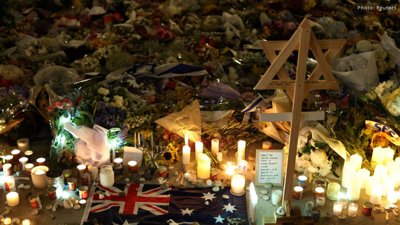
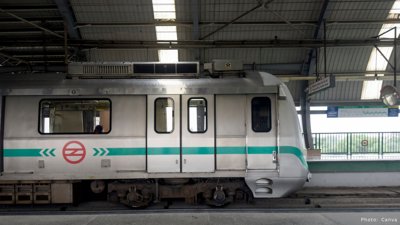




Advances in Aerospace Technology and Commercial Aviation Recovery
Insights into breakthrough aerospace technologies and commercial aviation’s recovery amid 2025 chall
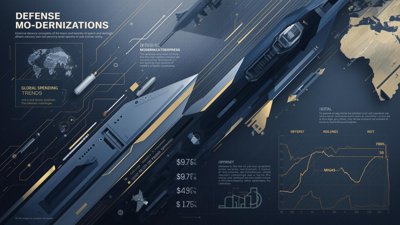
Defense Modernization and Strategic Spending Trends
Explore key trends in global defense modernization and strategic military spending shaping 2025 secu
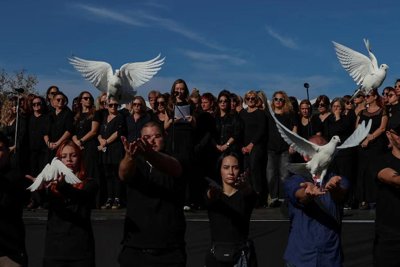
Tens of Thousands Protest in Serbia on Anniversary of Deadly Roof Collapse
Tens of thousands in Novi Sad mark a year since a deadly station roof collapse that killed 16, prote
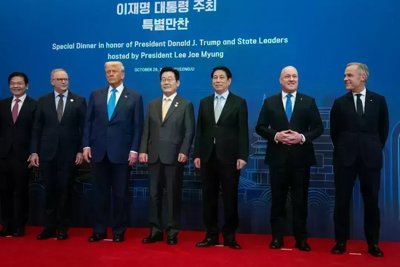
Canada PM Carney Apologizes to Trump Over Controversial Reagan Anti-Tariff Ad
Canadian PM Mark Carney apologized to President Trump over an Ontario anti-tariff ad quoting Reagan,

The ad that stirred a hornets nest, and made Canadian PM Carney say sorry to Trump
Canadian PM Mark Carney apologizes to US President Trump after a tariff-related ad causes diplomatic

Bengaluru-Mumbai Superfast Train Approved After 30-Year Wait
Railways approves new superfast train connecting Bengaluru and Mumbai, ending a 30-year demand, easi